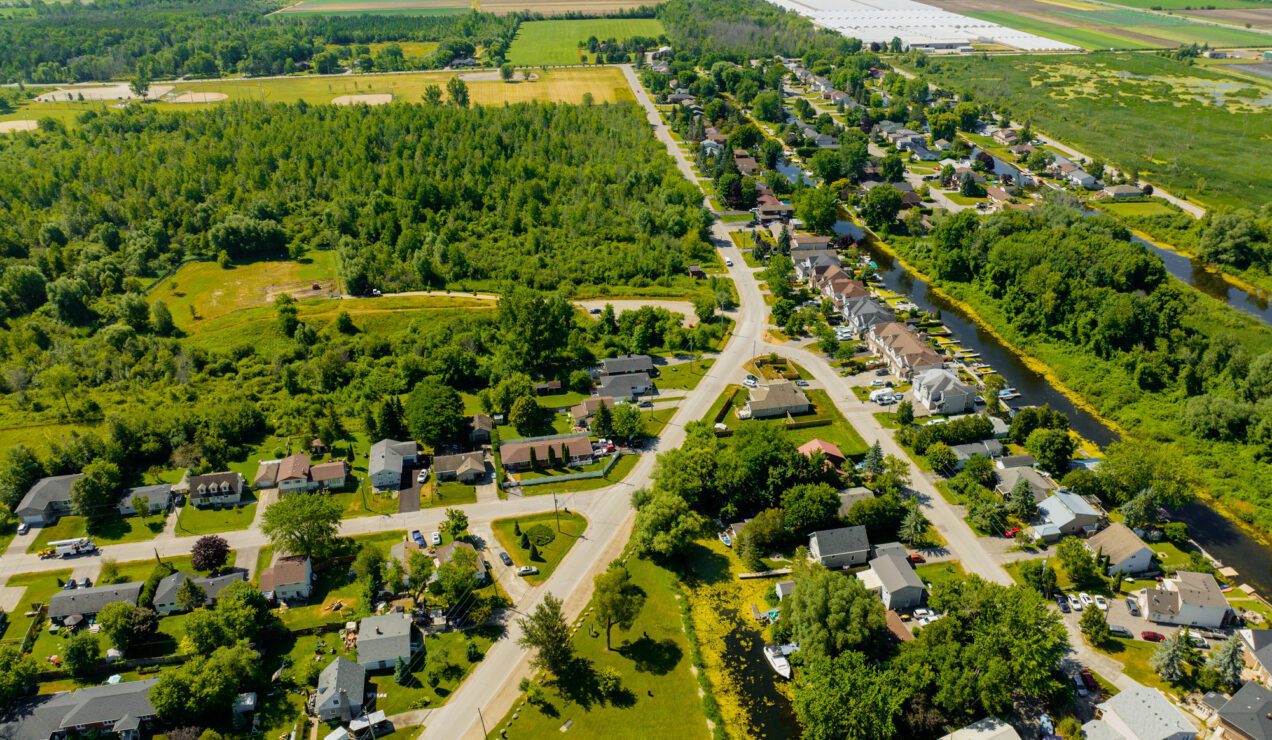
Municipal land use planning plays a crucial role in shaping real estate development. It establishes zoning regulations, land use policies, and infrastructure requirements that directly impact property values, project feasibility, and community growth. Understanding the influence of municipal land use planning on real estate development is essential for developers, investors, and local communities. This article explores the key aspects of land use planning, its implications for real estate development, and strategies for navigating regulatory challenges.
The Basics of Municipal Land Use Planning
Municipal land use planning involves the regulation of land resources to balance economic, environmental, and social interests. Local governments create official plans and zoning bylaws that dictate how land can be used, whether for residential, commercial, industrial, or mixed-use purposes. The primary objectives of land use planning include:
- Promoting sustainable development
- Managing urban growth
- Preserving natural resources
- Enhancing community livability
- Ensuring adequate infrastructure and public services
Zoning laws, building codes, and development approval processes are essential tools used by municipalities to regulate land use and guide real estate development.
Zoning Regulations and Their Impact on Development
Zoning regulations divide municipalities into different land use zones, each with specific rules on property use, density, and building height. These regulations influence:
- Property Value and Investment Potential – Zoning restrictions can enhance or limit the potential value of a property. For instance, a plot zoned for high-density residential use may attract more investors than one restricted to single-family homes.
- Development Feasibility – Developers must ensure that their projects comply with zoning requirements, which may necessitate costly rezoning applications or variances.
- Mixed-Use Developments – Some municipalities encourage mixed-use zoning to promote walkability and reduce urban sprawl, benefiting both businesses and residents.
The Role of Infrastructure in Land Use Planning
Infrastructure plays a vital role in determining where and how real estate development occurs. Municipalities plan for roads, public transit, utilities, and green spaces to support growth. Infrastructure considerations affect:
- Project Approval Timelines – Developments requiring new infrastructure investments may face delays in approval and implementation.
- Development Costs – The availability of existing infrastructure can significantly impact construction costs and profitability.
- Community Growth – Strategic infrastructure planning can attract businesses and residents, boosting demand for real estate.
Environmental and Sustainability Considerations
Modern land use planning incorporates environmental sustainability measures, including:
- Green building standards
- Energy-efficient zoning policies
- Preservation of green spaces and water resources
Developers must adhere to environmental regulations, conduct impact assessments, and incorporate sustainable design elements to gain project approvals and enhance long-term property value.
Public Participation and Land Use Planning
Community engagement is an integral part of municipal land use planning. Public consultations allow residents and stakeholders to voice concerns, influence planning decisions, and shape the future of their neighborhoods. Developers who proactively engage with the community can:
- Gain local support for their projects
- Address potential objections early in the process
- Improve project design to align with community needs
Navigating Regulatory Challenges
Municipal land use planning can present regulatory challenges that developers must navigate. Common challenges include:
- Lengthy approval processes
- Opposition from local residents
- Complex zoning change applications
- Compliance with evolving regulations
Strategies for overcoming these challenges include working with experienced planning consultants, maintaining open communication with municipal authorities, and staying informed about policy changes.
Conclusion
Municipal land use planning significantly influences real estate development by dictating zoning regulations, infrastructure investments, environmental policies, and community engagement processes. Developers who understand and navigate these planning frameworks effectively can maximize opportunities while ensuring compliance with municipal requirements. As cities continue to evolve, strategic land use planning will remain a critical factor in shaping sustainable and thriving real estate markets.